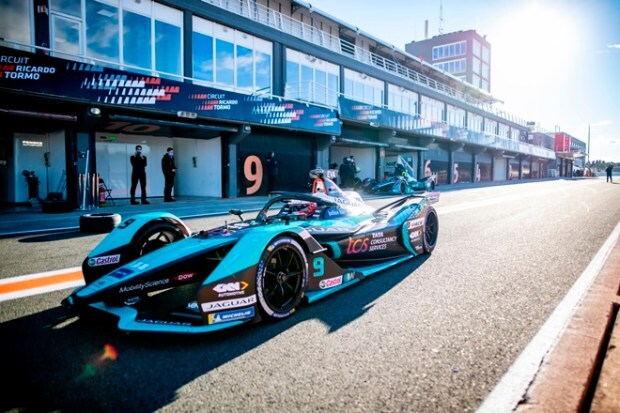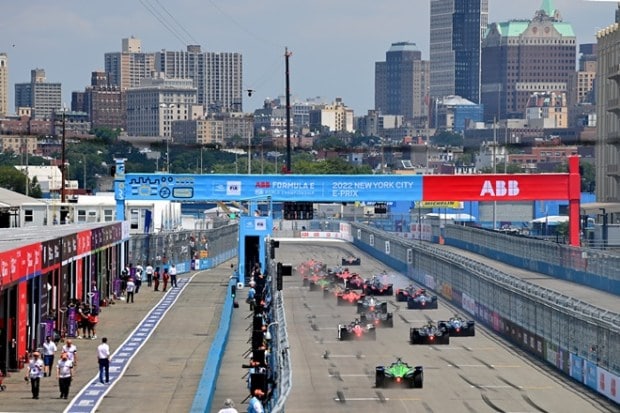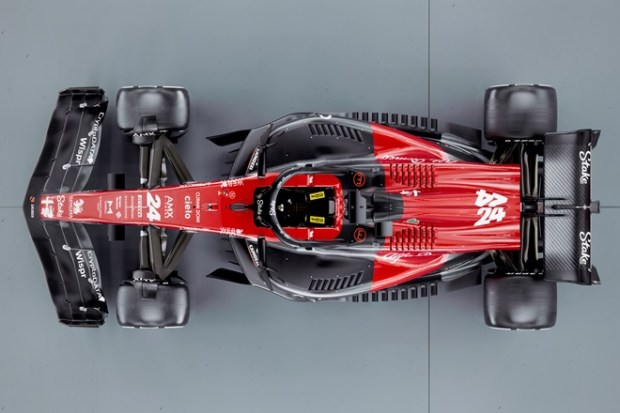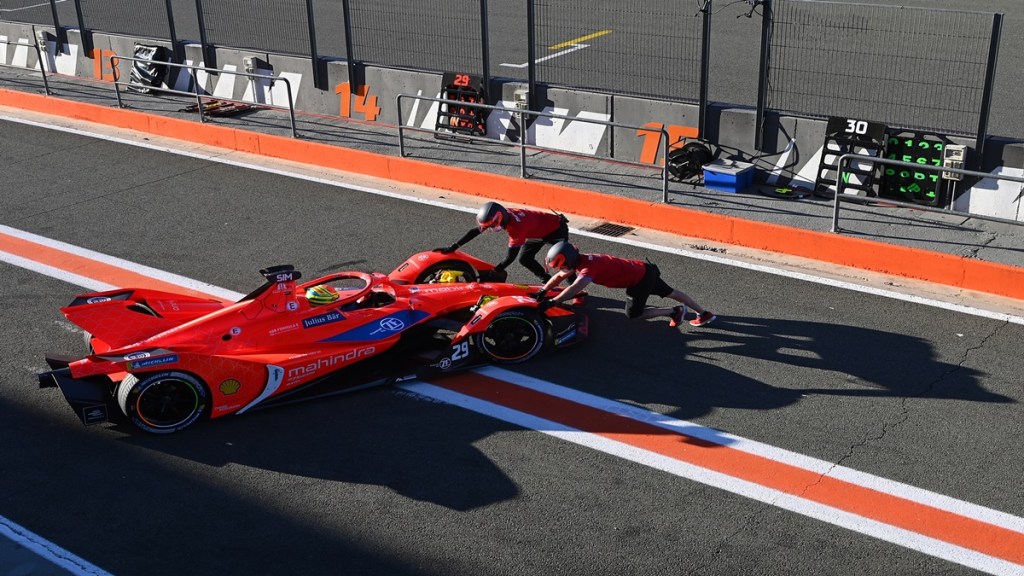On February 11, roads around the Hussain Sagar Lake and NTR Gardens in Hyderabad will see racing cars trying to overtake each other at speeds above 200 km/h.
Unlike the deafening roar of Formula 1 cars, these are Formula E cars that produce a sound similar to a fighter jet (or a glorified kitchen mixer).
Why did Formula E start?

Unlike Formula 1 that is held on closed circuits (race tracks)—and accessible to select few—Formula E was aimed at driving awareness around climate change, and that’s why it’s held on the streets of major global cities. Although you need to buy tickets to watch the race, being held on regular roads makes it look more ‘open’ and closer to the masses.
The first race was held in Beijing in 2014, and there are yearly seasons. The current is season nine (2022-23).
Formula 1 is a very old race—started in 1950.

What is season nine?
There are 18 races between January and July 2023 on street circuits in 13 cities across the world. The Hyderabad race is the fourth of these 18.
Why was India included?
The country is a promising electric car market. According to Vahan portal (which compiles the number of vehicles registered), electric cars formed just 1.1% of the market in 2022, but it was a 3x growth from 0.33% market share in 2021.
Also, Indian automaker Mahindra owns the Mahindra Racing team that has been competing in Formula E since 2014, so India had to be part of the season sooner or later.
Formula 1 versus Formula E cars

Both cars more or less look the same.
Formula 1 are hybrid engine cars (petrol plus electric), while Formula E are battery electric cars.
Formula 1 cars are more powerful and these compete on wider tracks where they can go far faster (up to 360 km/h).
Formula E cars are no slouch either; season nine has Gen 3 cars that have a top speed of 322 km/h. But being held on narrow streets, they tend to race slightly slower.
Also read: Zuno plans India’s first EV motor insurance policy, products for CV segment
Are the drivers the same?
No. Formula 1 cars are faster and drivers require different kinds of skills in handling those cars. It is often assumed that Formula 1 drivers are more skilful, which may actually be the case because retired Formula 1 drivers have moved to Formula E (the reverse hasn’t happened).
They include Lucas di Grassi of Mahindra Racing, Sebastien Buemi of Envision Racing and Jean-Eric Vergne of DS Penske, all of whom were in Formula 1 earlier.
Also, a Formula 1 team has two drivers with one car each, but a Formula E team has two drivers with two cars each (because the battery runs out before the 50-minute race is over).
What are the drivers’ salaries?
Formula 1 drivers have a far higher salary. For example, according to Forbes, Max Verstappen earned $60 million from his salary and bonuses in 2022, followed by Lewis Hamilton ($55 million) and Fernando Alonso ($30 million).
The best of Formula E drivers, however, earn less than $1 million (but salaries are increasing over the years).
Does Formula technology percolate to regular cars?
Technologies in modern cars such as KERS (Kinetic Energy Recovery System), usage of carbon fibre, buttons on the steering wheel, and even automated manual transmission (AMT) have come from Formula 1.
Also read: BorgWarner to supply major German vehicle manufacturer with high voltage battery cooling
Also, while it’s too early for Formula E technologies to percolate into everyday cars, that precisely is the aim of Formula E—to test new technologies on the race track before rolling them out for public use.
Why didn’t Formula 1 continue in India?
The Buddh International Circuit signed a five-year deal with the Federation Internationale de l’Automobile (FIA), the governing body of Formula 1, in 2011 and three races were held (2011-13), but the 2014 edition was postponed due to a tax dispute between the circuit and the FIA, with the local government classing Formula 1 as entertainment and not a sport. This meant it was required to pay entertainment tax to the government, which was reportedly deemed too expensive by the organisers.



















